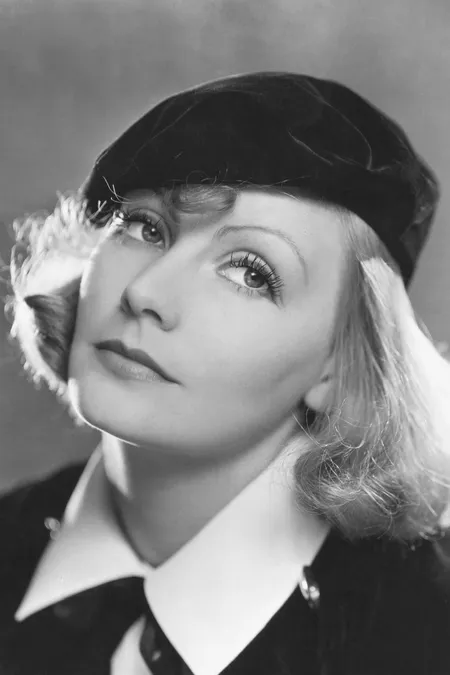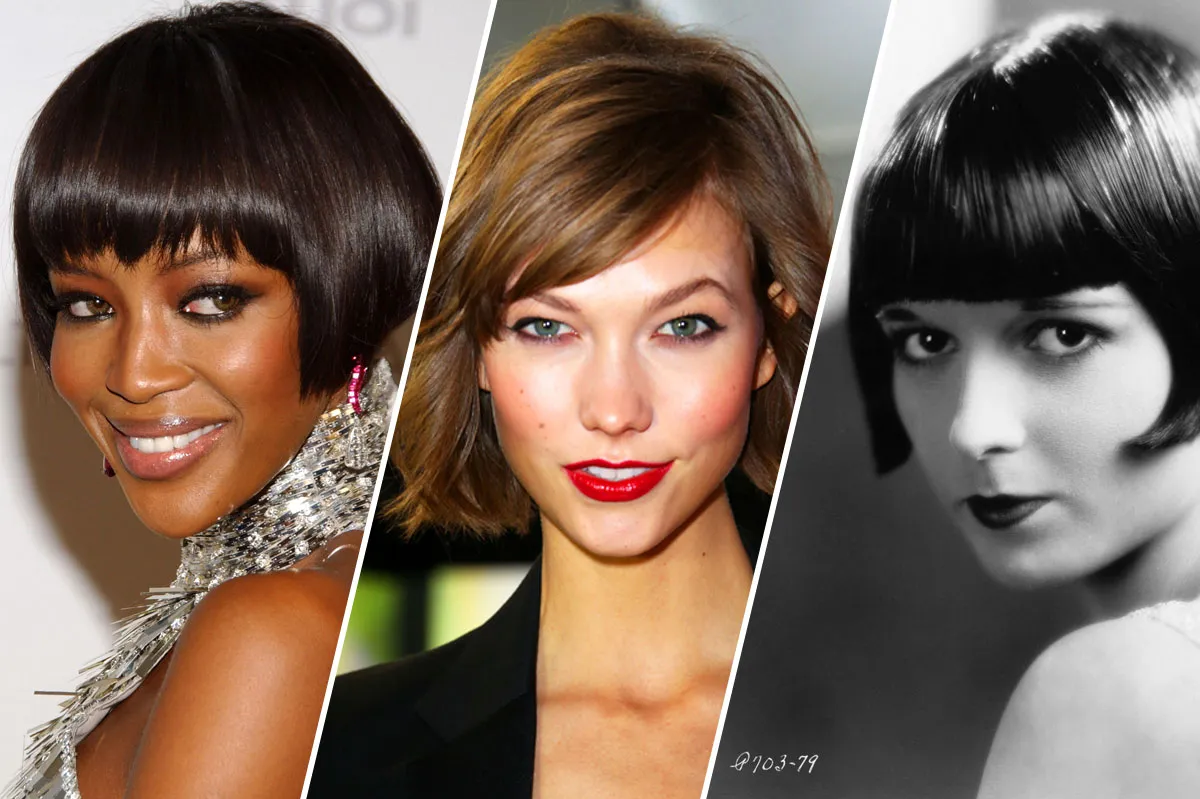The long history of the bob frame begins in the early 19th century.
A revolutionary choice that went against the grain of the era with the Edwardian style of long, curly hair.
The adoption of the short haircut by the women of the era was therefore a move of independence.
A hairdresser and former sculptor by the name of Antoine des Paris is the first to model the bob cut,
in the early 1910s.
Inspired by Joan of Arc, the famous actress of the time Elsie De Wolfe who,
called herself a “rebel in an ugly world”.
Antoine, as a modernist, first observes and analyses the shape of the skull, the texture of the hair, the figure, the height, the age and the
before any final design.
The purpose of the bob cut primarily represents the desire for functionality
This is precisely why it is linked to the heyday of Bauhaus architecture which serves as an inspiration for Monsieur Antoine,
while expressing an intense character that keeps up with the trends of each era.
It always remains high on women’s wish list and depending on the season and trends, it reinvents itself.

Image source:https://www.thecut.com/2013/03/29-of-the-best-bob-haircuts-in-history.html
In the ’50s it was adopted by famous women of the era in a mainly wavy style
Grace Kelly, Marilyn Monroe, Elizabeth Taylor are some of them.
Moving into the 1960s Vidal Sassoon was also inspired by Bauhaus architecture and through pure geometry,
pushes women back to simplicity by giving them the opportunity to get rid of the “unnecessary”.
He creates the iconic Abob line for actress Nancy Qwan that turns her into the ultimate fashion icon.
It frees women from the use of rollers and long, weekly visits to beauty salons.
It was when they were once again fighting for their rights and fighting for their freedom.
Meeting the swinging London movement and the mod style, the bob rediscovers its revolutionary character
giving women a new dynamic look.
Female icons who established it were Twiggy and fashion designer Mary Quant.

Image source: https://www.thecut.com/2013/03/29-of-the-best-bob-haircuts-in-history.html
Marching in the 70’s with the motto “do what you want” through the anthropocentric trend of hippies, fashion had to be versatile, original and individual, giving priority to mood.
The hair moves in freer lines, while the lengths lengthen in a typical example
the bob with bangs of Debbie Harrie acquiring a wash and go character, until the 80’s when punk music
is influential for years to come.
Big bobbed hair to dress up the bob geometry.
Madonna is one of the idols that serves as a fashion icon of the era.
In the 90’s minimalism returns, leaving behind colourful hair and looks.
The music scene and cinema also have a significant influence on fashion.
Uma Thurman, through her role in the eccentric Pulp Fiction, brings the classic bob back into the spotlight,
as well as the super model of the era Linda Evangelista.
As we approach the close of a century and the beginning of a new one, fashion is acting as an anti-fashion and is being unleashed like never before.
An era with many different influences with a focus on the liberation of style.
The bob haircut from 2000 until now is introduced again and again, sometimes freer, sometimes more geometric.
What always makes it so timeless is its simplicity and geometry.
Bob’s story proves that if a hairdresser knows his moves and plans the way ahead
that will follow can customize a haircut within many molds.
To fashion trends, to the client’s requirements, to the needs of her face.
For this reason, we are not just hairdressers, but Stylists Hairdressers!
If you want to follow this path find me on social media, Facebook & Instagram.
I kiss you,
Maria Dretaki

